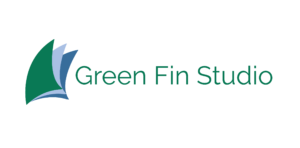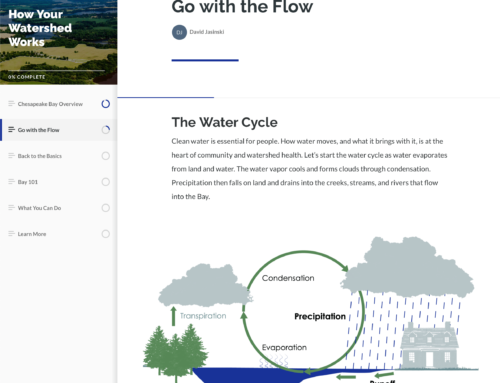Here in Virginia, it is Oyster Month! There are so many reasons to be grateful for oysters this Thanksgiving season. For some, a Thanksgiving meal is not whole without oysters on the table, whether they’re in the stuffing, served raw, broiled with chipotle bourbon butter (a Green Fin Studio staff favorite), or prepared another way. But oysters have much more to offer than their delicious, briny savor – they provide habitat for many animals, function as a water treatment plant, protect shorelines from erosion, and support economic development along our coastlines.
The World’s Largest Oyster Restoration Project
With all the benefits that oysters bring, it’s no wonder that we want more of them in the Bay, especially since oyster populations have plummeted from their historical levels. In fact, the National Oceanic and Atmospheric Administration (NOAA), US Army Corps of Engineers, Virginia Commonwealth University’s Rice Rivers Center, Virginia Coastal Zone Management Program, Virginia Marine Resources Commission (VMRC), and many other organizations are working to restore oyster populations in the Chesapeake Bay, including the Piankatank River. Collectively, the effort is the largest oyster restoration project in the world!
Oyster restoration partners are hard at work toward the goal of restoring ten Chesapeake Bay rivers by 2025. They also want to engage communities in the process to understand the importance of oysters, celebrate restoration milestones, and recruit their support in long-term success.Green Fin Studio worked with Virginia oyster restoration partners to develop two new permanent signs that explain the restoration process, how oysters help communities and how people can help oysters. The signs were just installed at the Deltaville Maritime Museum and Holly Point Nature Park overlooking the Piankatank River. Through QR codes, the signs point to supporting web content to learn even more about the amazing edible oyster, the restoration process, supporting curriculum materials, and how local residents can do their part to protect oyster reefs.
Visit the museum for a fun day of education and exploration, or click on the image to see a larger image.
What About Aquaculture?
Celebrating Oyster Month wouldn’t be complete without mentioning aquaculture. In 2019, 40% of the oysters harvested in Virginia were from aquaculture operations. The “farming” of oysters, as opposed to the harvest of wild oysters, helps to meet the consumer demand for oysters while leaving wild oysters in the Bay to keep cleaning the water and providing other services. For an overview of the aquaculture process, check out the Chesapeake Bay Foundation’s From Oyster Farm to Table.
Want some oysters on your table for Thanksgiving, but not sure how to get them? This blog post lists several local oyster farms offering pickup and/or delivery.
How to Shell-elebrate!
This November, toast to Virginia Oyster Month by learning more about oysters:
Visit the Deltaville Maritime Museum and Holly Point Nature Park to learn about the oyster restoration activities in the Piankatank River
Delve into the history of the Nansemond River and the importance of oysters to the Nansemond Indian Nation with this StoryMap created by Nikki Bass
Watch a 30-minute video from PBS for an overview of oysters, including biology, history, and oyster stout brewing
Learn from the people who actually harvest oysters out in the Bay; Virginia Watermen’s Heritage Tours let you go out on the water with watermen and learn from their years of experience.
Visit a working aquaculture hatchery and learn from the experts at Oyster Seed Holdings, Inc.
Last but not least, remember to recycle your shells after eating oysters this holiday season – those baby oysters need a place to settle down, and they prefer oyster shells! Virginia Oyster Shell Recycling Program and Chesapeake Bay Foundation both provide info on locations where you can drop off your empty shells so they go back into the Bay.
Happy Thanksgiving!
The Green Fin Studio Team



